 While you’re here, make sure to join my SAT prep email list to download the Urgent Report on SAT Critical Reading and get other great bonuses!
While you’re here, make sure to join my SAT prep email list to download the Urgent Report on SAT Critical Reading and get other great bonuses!
In my time spent preparing for and teaching the SAT, I’ve noticed some common careless errors in the Math section that prevent students from achieving their top SAT scores. If you train yourself to keep an eye out for these 20 careless errors, your score is bound to improve.
There’s nothing worse than doing everything right and still bubbling the wrong answer (losing not just 1/4 of a point for an incorrect answer, but also the whole point that should have been yours!)
Even if you know all the SAT math fundamentals and have practiced the advanced math tricks, they won’t save you from simple errors like answering for “x” when the question asks for “y!”
Without further ado, here is my list of the Top 20 Careless Errors in the SAT Math Section (roughly in order of increasing importance and frequency, based on my own observations):
Top 20 SAT Math Mistakes:
Careless Error #20) Not checking your work after you’re finished but before time is called:
This is a strong foundation that will help you be more careful with all the other careless errors. If you have leftover time at the end of an SAT Math section, use every second of it to check your work, especially on problems that you found tricky, complicated, or extra-long. That’s where the most errors will happen. If you have a bad feeling about the way you solved a certain problem the first time through, consider using your spare time to start that question from scratch and verify your answer.
Careless Error #19) Forgetting to balance both sides of an equation when completing a square:
Most students remember how to complete a square for purposes of factoring a polynomial, but many of them forget to balance both sides of the equation afterwards because they get too focused on the side they are factoring. The other side of the equation needs love too – remember to always add or subtract the same value on both sides. You’ll get a chance to review and practice this in my SAT Math Mastery Level 1 textbook.
Careless Error #18) Mistakenly thinking that “1” is a prime number:
It’s not. “2” is the first prime number, because the definition of a prime number is a natural number with exactly two distinct natural-number factors, 1 and the number itself. “1” only has one factor – “1”! So it does not count as a prime number, and 2 is the first (and only even) prime number.
Careless Error #17) Mistakes with difficult-looking exponents:
Tricky exponents (like “X to the 1/2 or Z to the negative 2/3) can strike fear into the hearts of students, but there’s no reason to be afraid. Brush up on exponent rules before the SAT and you’ll be in great shape.
Get Exclusive SAT Prep Tips!
I want to send you more tips to help your SAT score, but I need your email address to stay in touch. Enter your email below so I can send you my reports on the SAT and other subscriber-only bonuses.
Careless Error #16) Forgetting to multiply by 100 when working with a percent:
Usually this one is pretty obvious – the question asks for a percent and you have a decimal, so when you look at the answer choices you’ll realize you just need to convert from one to the other by multiplying the decimal by 100. However, if the percentage/decimal work is in the middle of a longer problem, an error here could cost you the right answer. Make sure you’re always aware of the difference between a percent and a decimal, and adjust your calculations accordingly. For more work with percents, check out both SAT Math Mastery Level 1 and Level 2.
Careless Error #15) Forgetting that a problem involving absolute values or a squared variable will have not one but two different solutions:
If there’s an algebra problem with absolute value bars or an “x-squared,” don’t forget that there is a positive AND a negative solution for the equation! Many students get one answer and think they’re done, but sometimes the correct answer choice depends on the alternative solution.
Careless Error #14) Wasting too much time on one problem:
All the questions are worth the same amount of points, regardless of difficulty, so it’s a big mistake to lose track of time and get laser-focused on one tough question. I know it can be hard to admit defeat, but if you skip the hard problems and come back to them if you have time, you’ll be making a really smart move.
Careless Error #13) Not noticing a special triangle:
The SAT loves triangles – special triangles in particular – but it also loves to hide and disguise them in unexpected places. Especially when it comes to tough geometry problems in the last half of an SAT math section, you should be looking for equilateral, isosceles, 30-60-90, and 45-45-90 triangles. Don’t forget that you can chop an equilateral triangle into two 30-60-90 triangles. Both SAT Math Mastery Level 1 and Level 2 include additional work with triangles.
Careless Error #12) Forgetting what an “integer” is:
This one happens more than I’d like – students need to know exactly what an “integer” is or they’re bound to leave some easy points behind. “Integers” are all the whole numbers, both positive and negative, including “0.” Let me repeat: “0” IS an integer. Negative whole numbers ARE integers as well. Learn it, love it! Don’t forget to study other SAT Math Vocabulary!
Careless Error #11) Rushing through easy questions to get to the hard questions:
By now we should know that this is highly counterproductive. All questions are worth the same amount of points, so rushing through the easy questions (and potentially making careless errors) is not super-smart.
Take your time on the early questions – move quickly but deliberately. If you have time after getting all the easy and medium questions, that’s when to approach the most difficult problems, which will usually cost you a lot of time and mental energy (and even after all that work there’s no guarantee you’ll get a hard problem right, since they are usually extremely tricky and deceptive!) Focus on boosting your score with the easy points first.
Careless Error #10) Not using enough parentheses in your calculator:
This one’s a classic. Your calculator is extremely powerful but is not very smart. Make sure to use more parentheses, rather than less, to make sure it gets the order of operations correct.
Careless Error #9) Forgetting to flip an inequality sign when you multiply or divide by a negative number:
An oft-forgotten rule of math: when you’re doing an algebra problem with an inequality sign (instead of an equals sign) you have to flip the direction of the sign whenever you divide or multiply both sides by a negative number. It’s a weird rule but you’ve gotta remember it and practice your inequalities!
Careless Error #8) Trusting a picture marked “not drawn to scale”:
If a question has an illustration with “Not Drawn to Scale” typed underneath it, you can be sure there’s something tricky going on. It’s not like the College Board lacks the computer technology to accurately draw a triangle or whatever, so this is (just one of) their way(s) of being extremely obnoxious. Either proceed with great caution and label their picture, or better yet, scrap it and draw your own illustration.
Careless Error #7) Getting the right answer but bubbling the wrong bubble:
Ugh – of all the careless errors, this one might sting the worst. When you’re bubbling your answer, don’t allow the thrill of victory to distract you and lead you to bubble “B” when you meant “C.” You might think I’m just trying to “pad my list” here, but I swear I see this careless mistake a disturbing number of times each week. Don’t let it happen to you.
Careless Error #6) Incorrectly bubbling answers in the student-produced section:
The “student-produced response” section (the non-multiple-choice section of the SAT Math) can really cause confusion for students who are unfamiliar with how it works. Make sure you understand this section clearly beforeyou sit down to take the test, and please, please do not bubble “2 and 1/2” as “21/2.” It needs to be entered as “5/2.” Can you see the difference? 21/2 is really 10.5 to a dumb Scan-Tron grading machine (I always imagined these machines as vaguely Terminator-esque and slightly evil). Same goes for repeating decimals: if you get the answer “2/3” or “.666 repeating,” you need to fill up all 4 slots in the answer grid. Don’t enter “.66” for “2/3” as it will be counted wrong. Enter “.666” instead, and get the points you are entitled to.
Careless Error #5) Not answering what the question is asking:
An extremely common error here. SAT Math is not like high school math, and your first instincts about “what the question is asking” may be incorrect. Don’t give “x” if they are asking for “y” or vice versa; don’t give “time” when they ask for “distance,” etc.
The only way to defeat this careless error once and for all is to do what I did and say to myself, “What are they asking for,” three times per question! Ask yourself this before you start each question, when you’re in the middle of your work, and once more when you’re about to bubble your answer. You’ll never make this careless mistake again.
Careless Error #4) Distributing incompletely or incorrectly to values inside a parentheses:
Make sure you distribute negatives, exponents, multipliers, etc to everything inside a set of parentheses and save yourself a lot of grief!
Careless Error #3) Thinking about a problem instead of doing it:
“Keep your pencil moving!” is my motto on the SAT Math sections. As a proctor, I can always tell the difference between who’s going to score highly and who isn’t: the ones staring like zombies at the hard problems are in bad shape, but students who pick up their pencil and don’t put it down till time is called will emerge victorious.
Many, many SAT math questions look much harder than they really are. Just start taking whatever steps you can based on the information you’ve been given, then try whatever approaches occur to you. Just have faith that once you start working, things will fall into place – because they will! This is how the SAT Math section is designed. If your first approach doesn’t work or leads you in circles, well, at least now you know it’s not the right way to tackle that question!
Ironically, one of the main reasons students don’t start trying is that they’re afraid of wasting time by doing the problem the wrong way – so they sit and stare at it for three minutes and don’t come any closer to earning a single point! Just start working – don’t think until you’ve got something written down!
Careless Error #2) Misplacing a decimal:
The authors of the SAT know this one really well, and will exploit it. Be very, very careful and clear in your work when decimals are involved. It’s so easy to misplace a decimal if your handwriting is not need and orderly, and then you’ll be off by an order of magnitude or more. You’ll think the answer is “10” when it’s “10,000.” And make no mistake, the answer choices will be “1,” “10,” “100,” “1000,” and “10,000.” Get it straight, or get it wrong.
Careless Error #1) Losing a negative sign:
I see this one so often that I don’t even have to look a confused student’s work before I suggest checking it. It’s very similar to misplacing a decimal, but even more common and even easier to do. The only way to deal with it is to always write out your work and alwayskeep it as neat as possible. A negative sign might just be a tiny dash on the paper, but on the SAT, it’s a more epic character: it’s the difference between right and wrong.
The Zero Careless Errors Motto: “Don’t rely on mental math.”
If I had ONLY ONE suggestion to make to avoid careless errors on the SAT math, this would be it: “Don’t Rely on Mental Math.” Doing difficult calculations in your head is when many of these careless errors will happen – in an effort to save 10 seconds, students will give up dozens of points. It’s not a good trade – better to be methodical, than to be fancy, or to rush.
Additional Resources:
SAT Math Mastery Level 1: Perfect Score Fundamentals
SAT Math Mastery Level 2: Tougher Tricks and Skills
Power 800 SAT Math Video Course
Official SAT Study Guide: (Pre-March 2016 edition or March 2016 and after edition)
Did you enjoy this article? Make sure to join my pro tutor’s SAT email list to download the FREE urgent report on SAT Critical Reading, receive exclusive content and get other great bonuses!
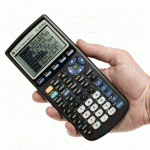
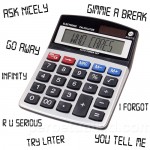

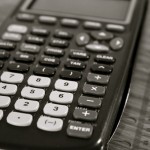




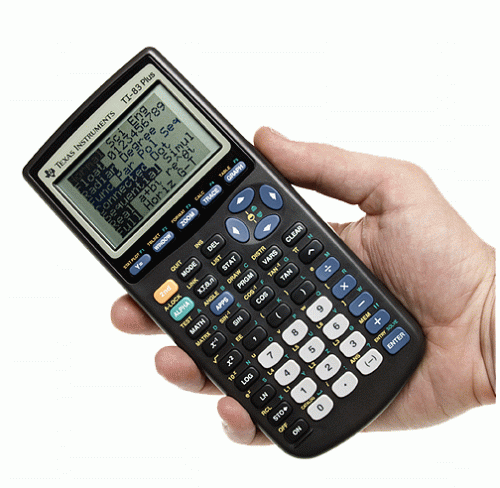
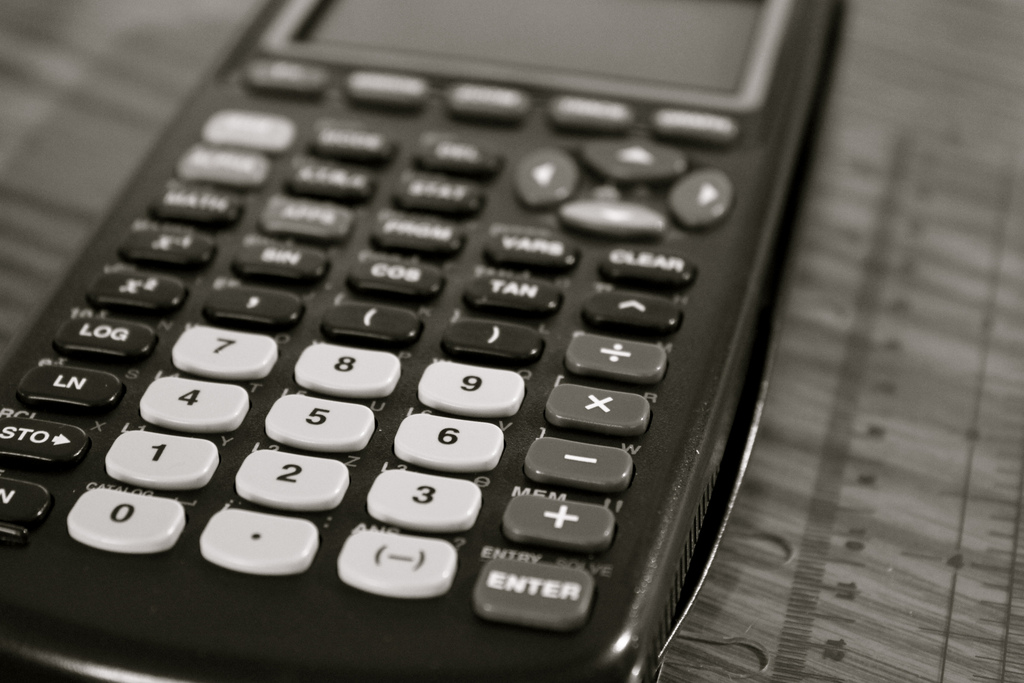
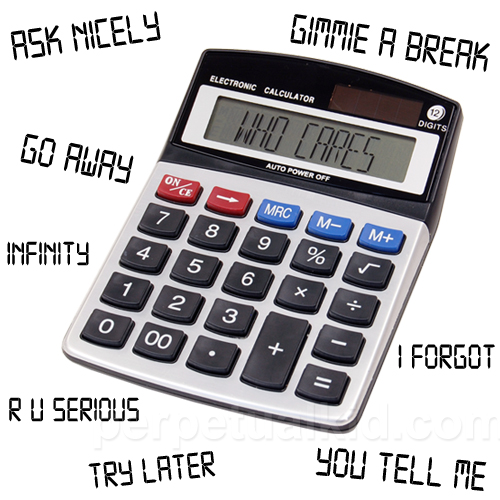







[…] go learn about 15 more SAT Math careless errors[1] in one of the most well […]